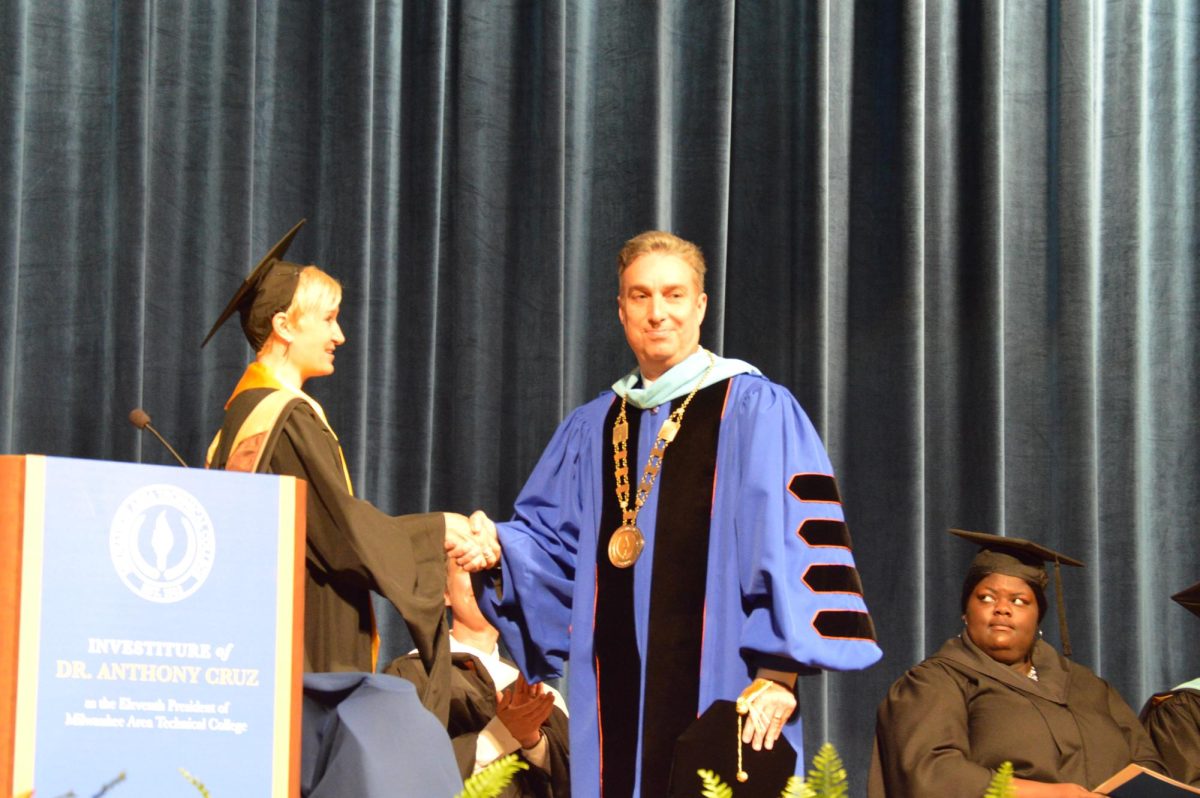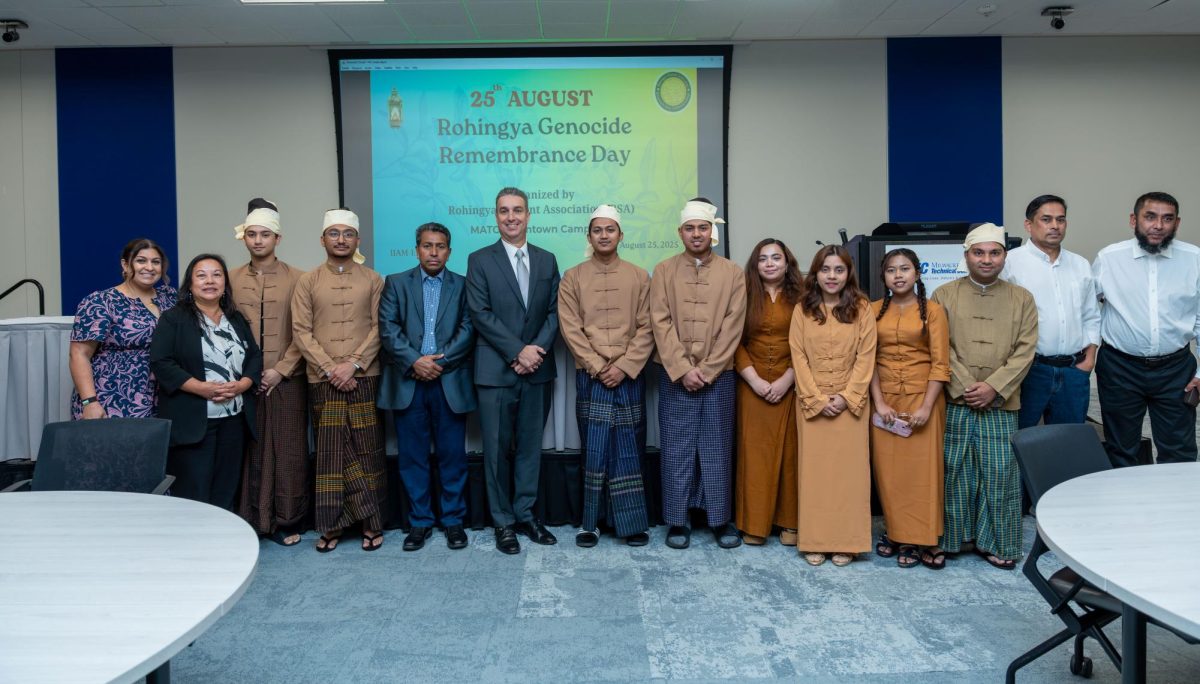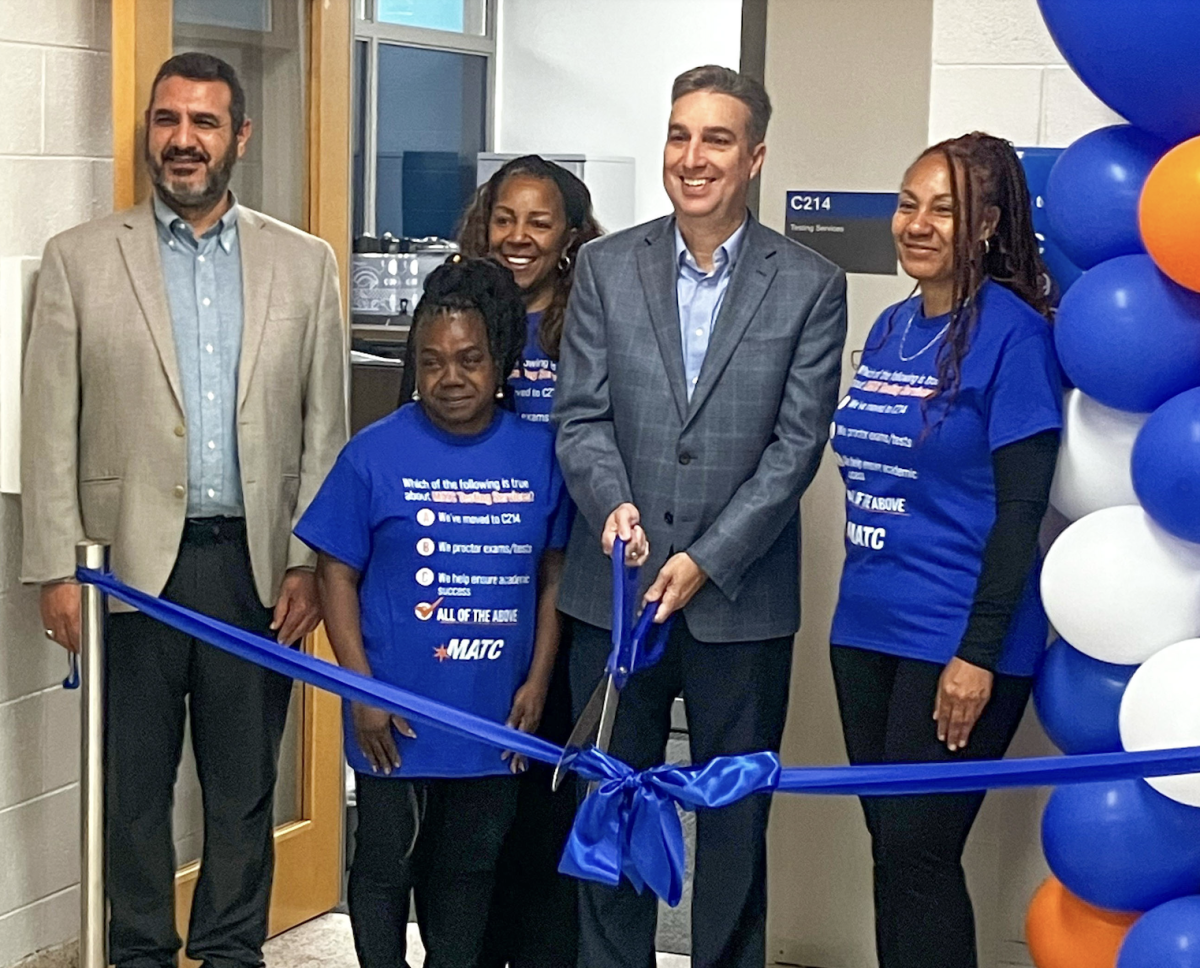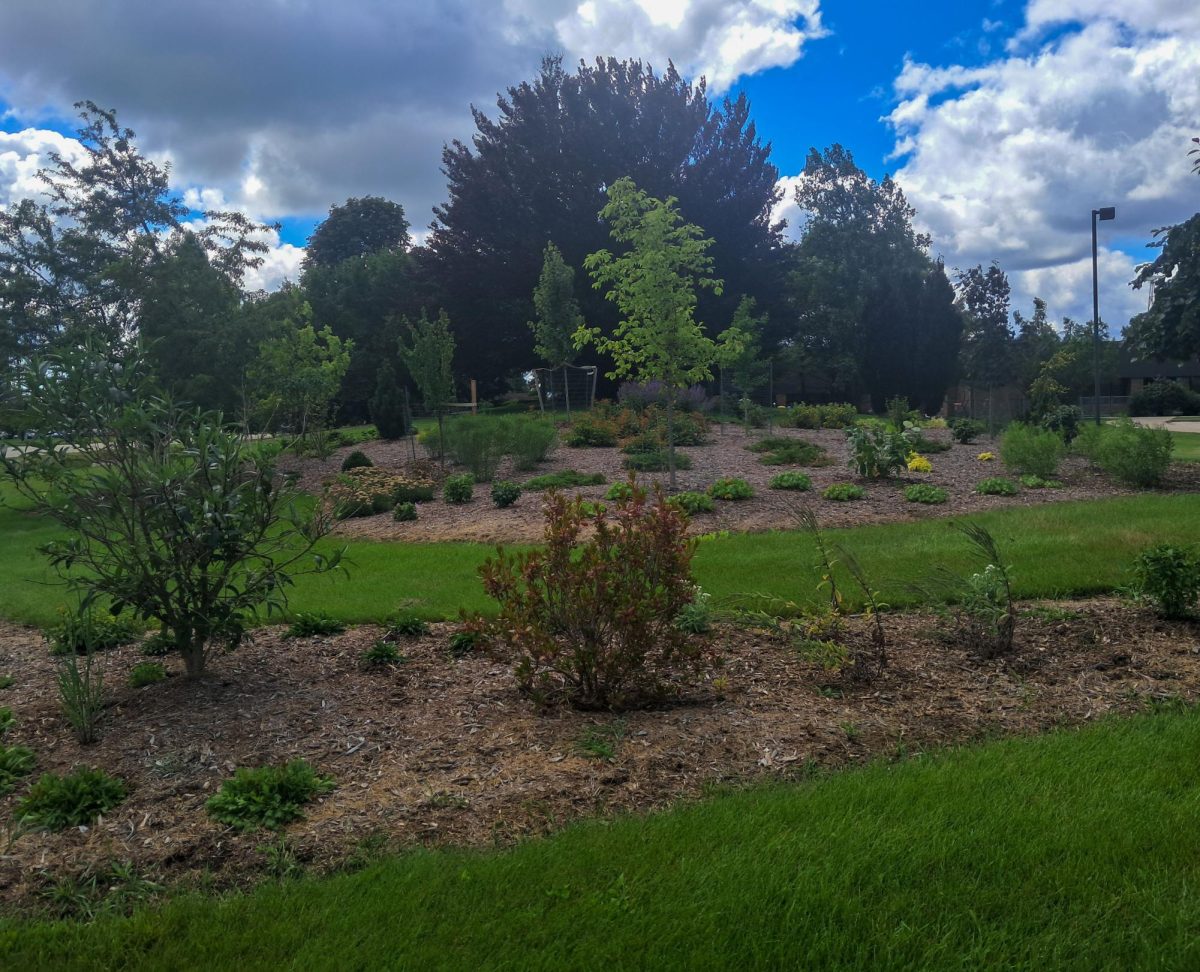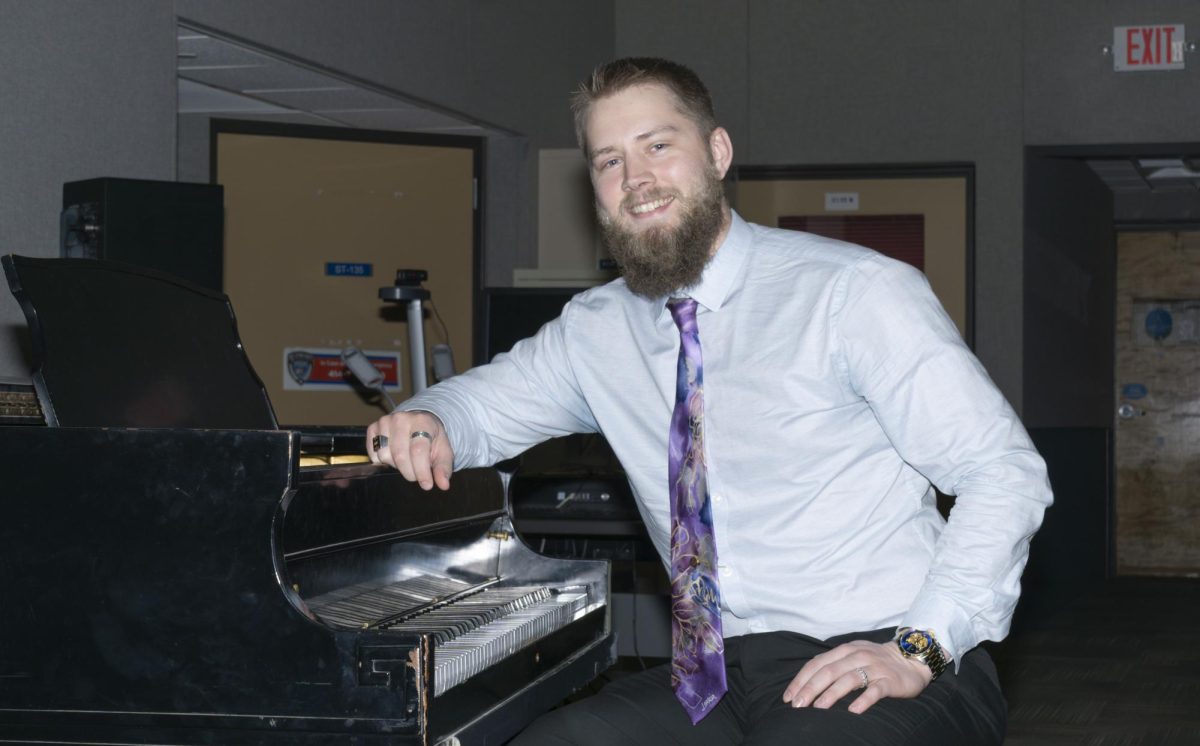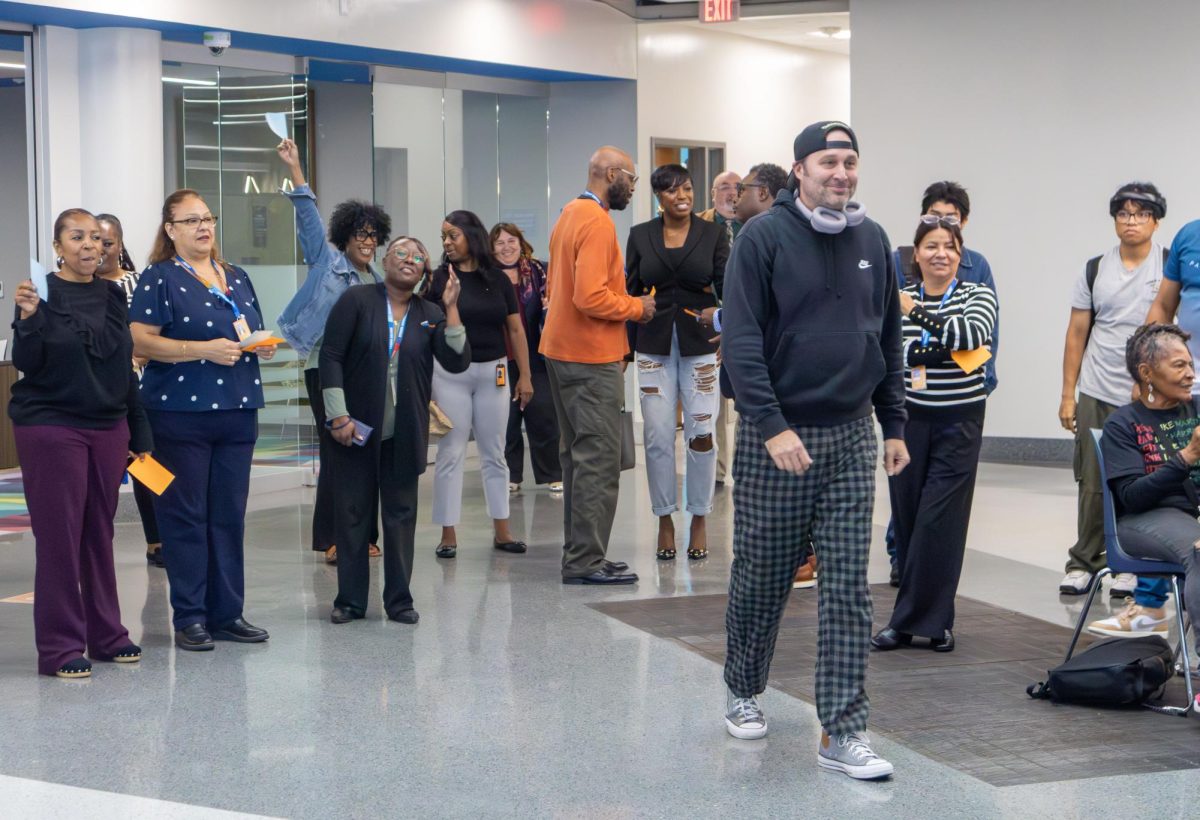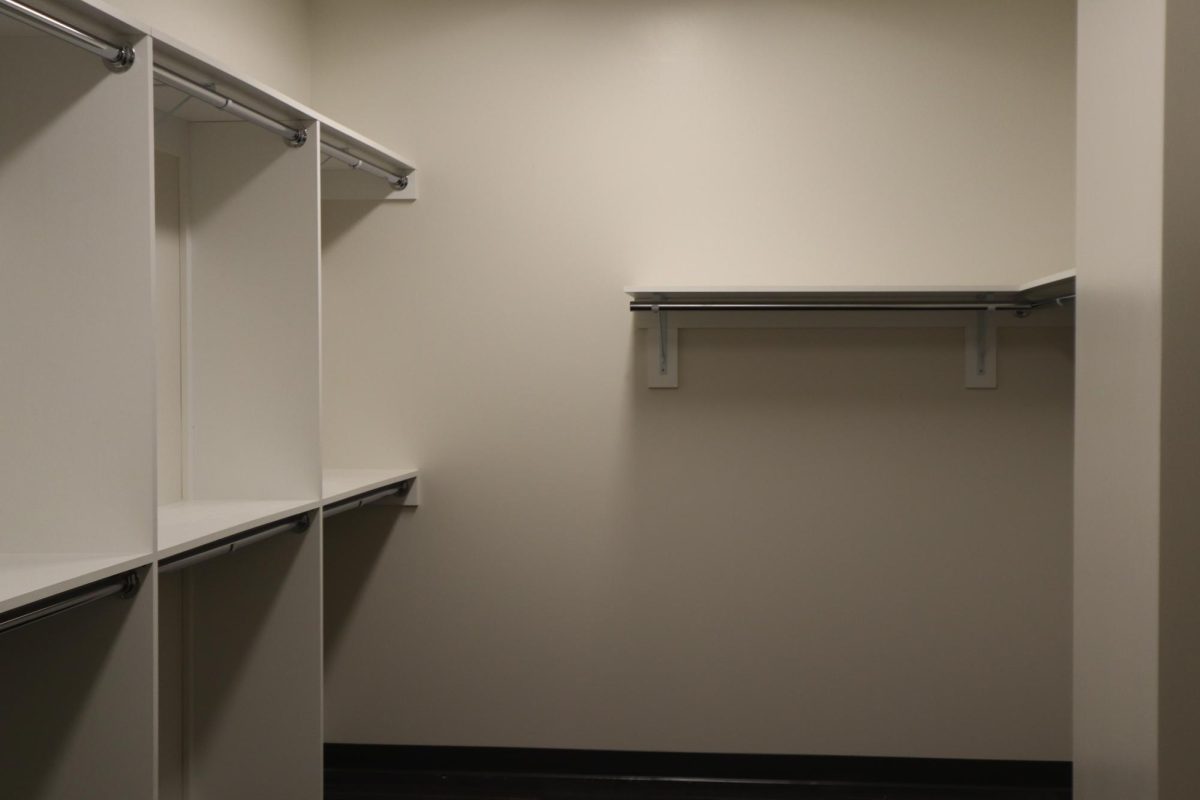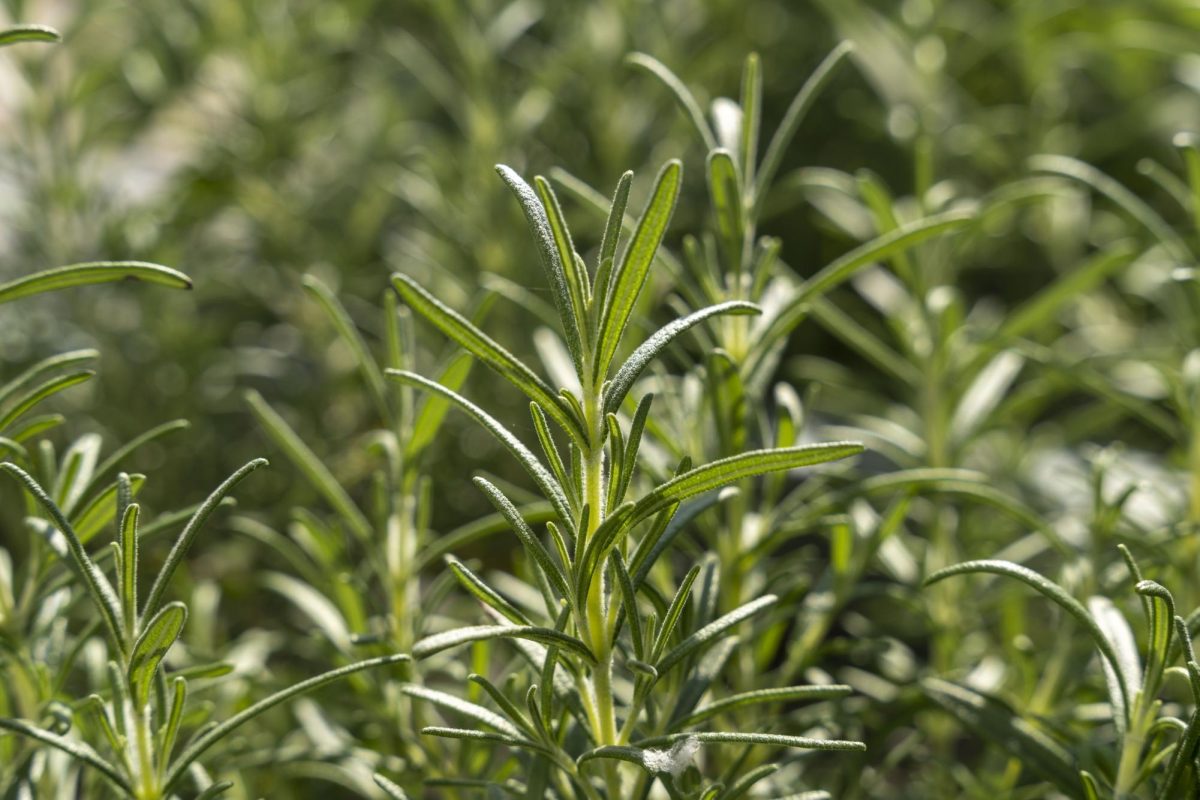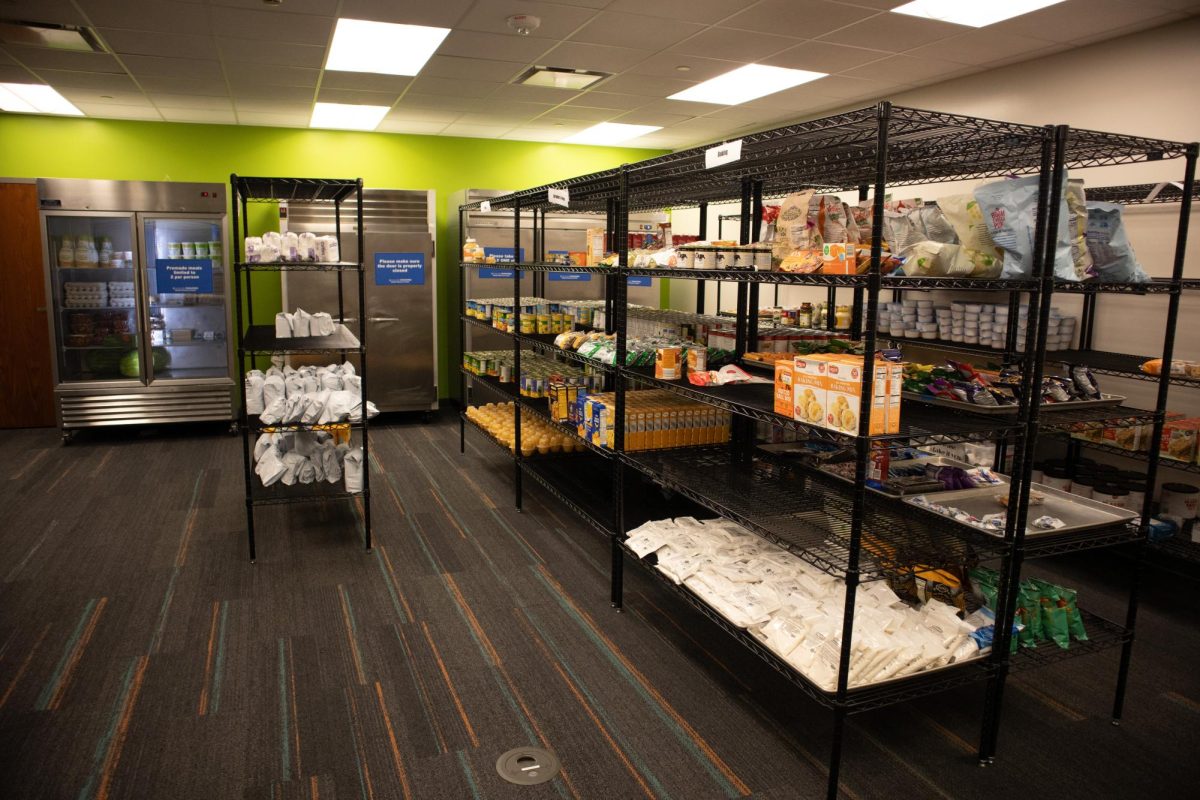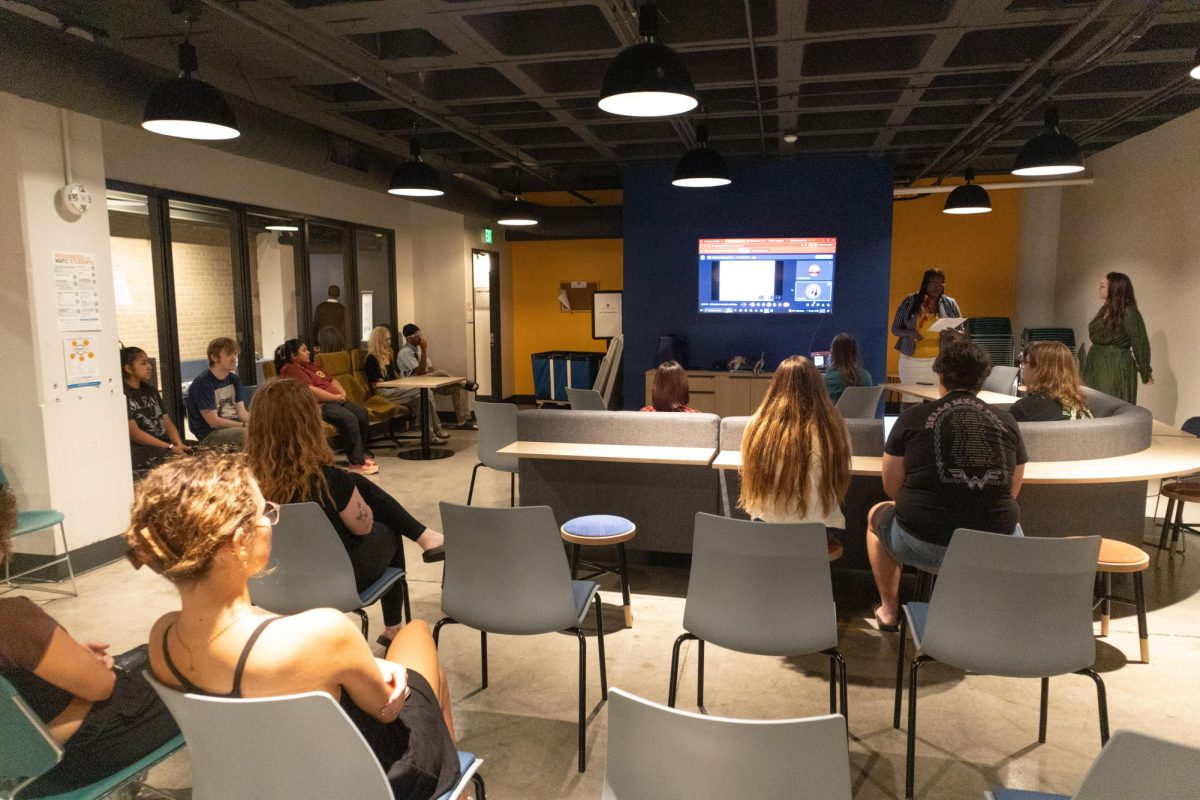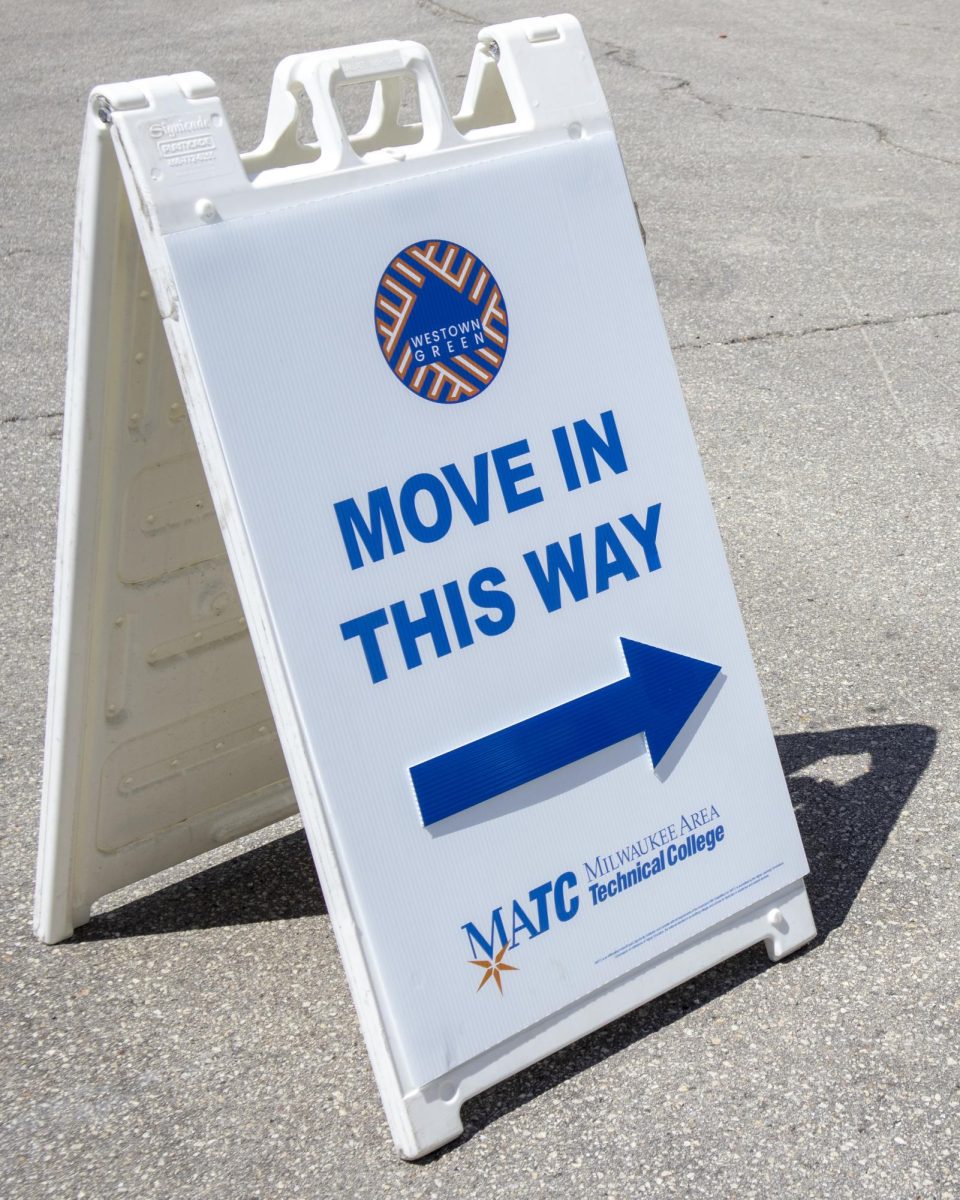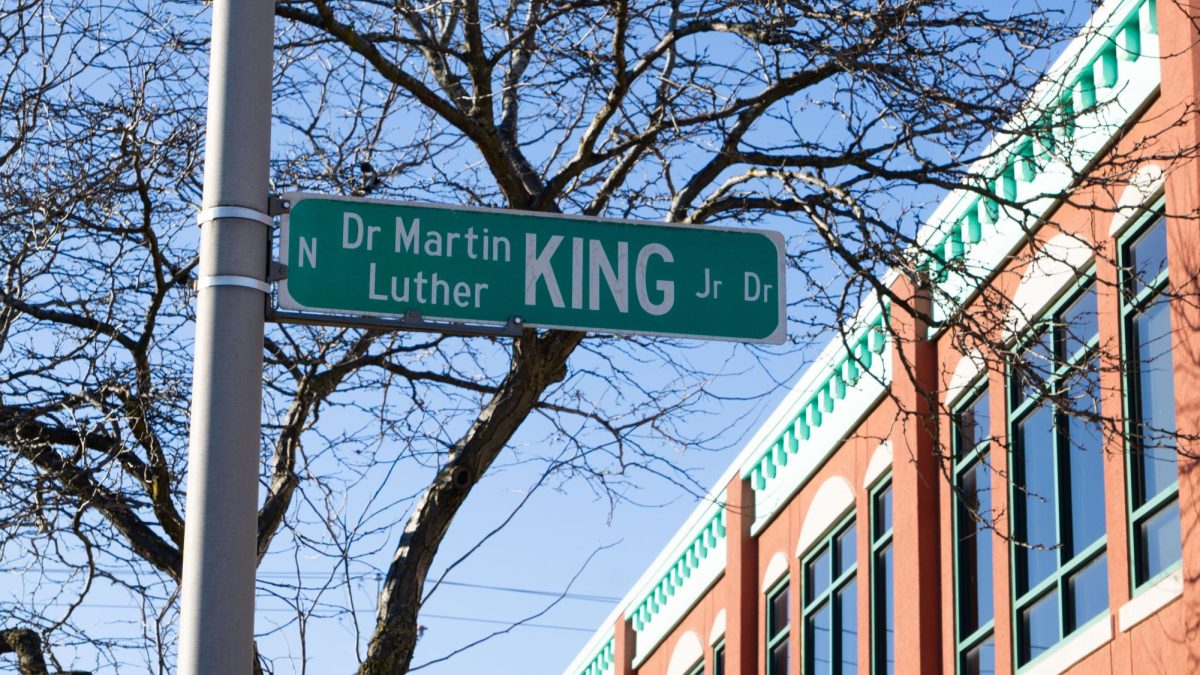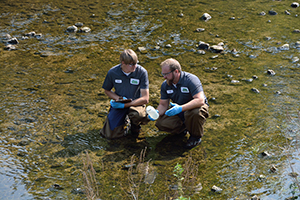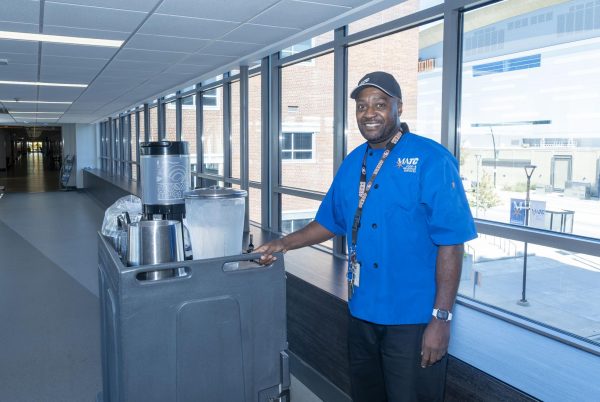Environmental Health and Water Quality Technology program celebrates 50 years
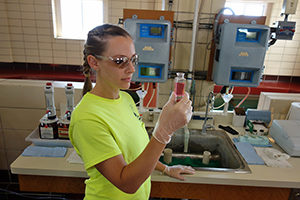
Allison tests drinking water for chlorine.
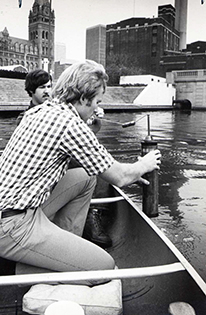
Environmental Health students perform water testing in a small boat on the Milwaukee River in downtown Milwaukee in the 1980’s.
MATC’s Environmental Health and Water Quality Technology program is celebrating its 50 years in existence. The associate degree program originated around January 1968, according to the two full-time faculty members of the program, Kathy Bates and Jerry Ortiz. They said it started at the MATC downtown campus in response to the environmental movement sweeping the country. There was a need for the program; people wanted to get involved in environmental protection, improvement and sustainability. Employees of the Environmental Health Division of the Milwaukee Health Department, who were teaching on a part-time basis, initiated the program. Then in 1972, the first full-time faculty member, Al Lustig, was employed.
Originally the program was split into two majors, Environmental Health and Water Quality, within the degree. This separated the Environmental Health and Drinking Water and Wastewater majors. Later, the majors were combined for flexibility. The current degree program title was put into place in January 2010.
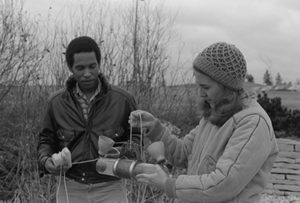
Two students collect water samples for testing.

Jerry Ortiz, instructor for the Environmental Health and Water Quality program, conducts a lab outside by showing Dolca Lebron, Leah Roberto, Terrence Pugh and in front, Jenny Evans the proper way to collect water samples at Cedar Creek Park.
The program prepares students for careers that protect the air you breathe, the water you drink, the food you eat, whether at home, work or play. The environmental health field is not nearly as visible as the medical field and, therefore, may not always be clearly understood. Both are essential and have their respective roles. At the end of the day, where medicine is more about treating disease, environmental health is about preventing disease, Bates and Ortiz explained.
Heena Dhyani, Environmental Health and Water Quality Technology program student, is pursuing the degree “because of the assurance of job security, and the ability to work in an environment that allows me to give back, and feel good about the work that I do.”
Dhyani continued, “What interested me most about this program is the amount of job opportunities within this field. I can be an environmental technician; a water chemist; a sanitarian; a food inspector; the list goes on.”

Nate uses the SCADA water reclamation program to monitor a water management system.

A student changes the particulate air filter on an air monitoring device roof at the MATC downtown campus.

A student checks the water treatment at a facility.
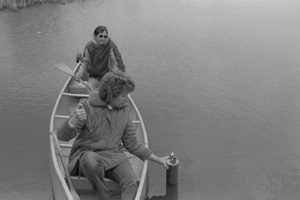
Two students collect water samples for testing.
There are more than 65 occupation titles that students can pursue with an Associate’s in Applied Science degree in Environmental Health and Water Quality Technology.
“The most interesting thing I’ve done so far was to participate as a group in an electro shocking survey at Cedar Creek. We waded through the creek and by the use of a probe, sent a small current of electricity through the water. The fish would float to the top and we would identify them and throw them back into the water. This type of surveying allowed us to determine the water quality as a result of diversity, abundance and density of fish,” said Dhyani.
On Tuesday, March 20, MATC will celebrate the Environmental Health and Water Quality Technology program’s milestone at the Mequon campus at 5 p.m. Everyone is welcome and the event will include program students, alumni, employers and guest speakers.
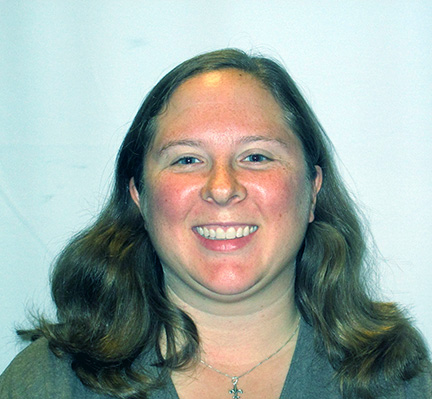
My name is Kirsten Schmitt. I joined the MATC Times because I was on my high school paper and really enjoyed the experience. I wanted to enhance my experience...

